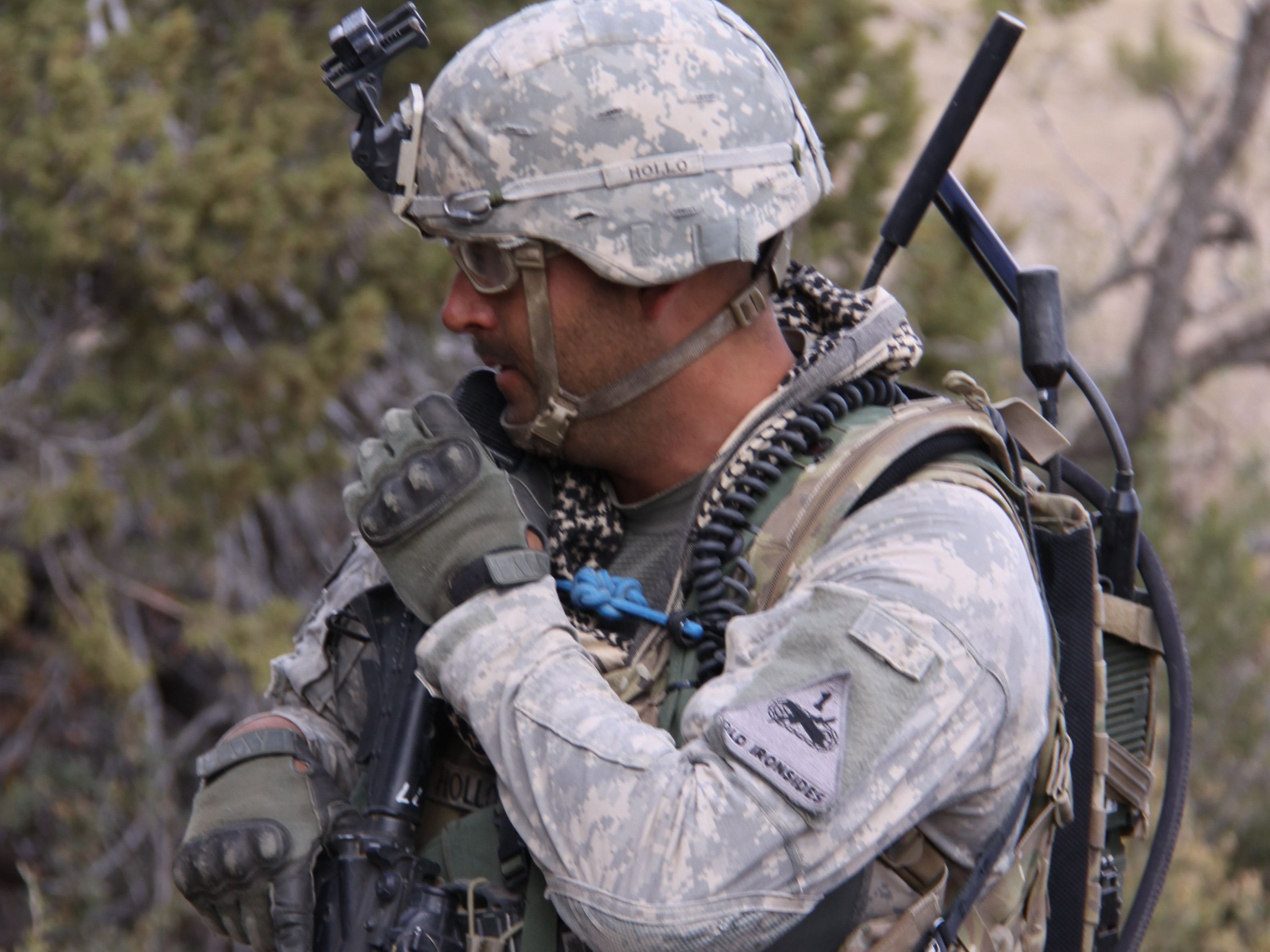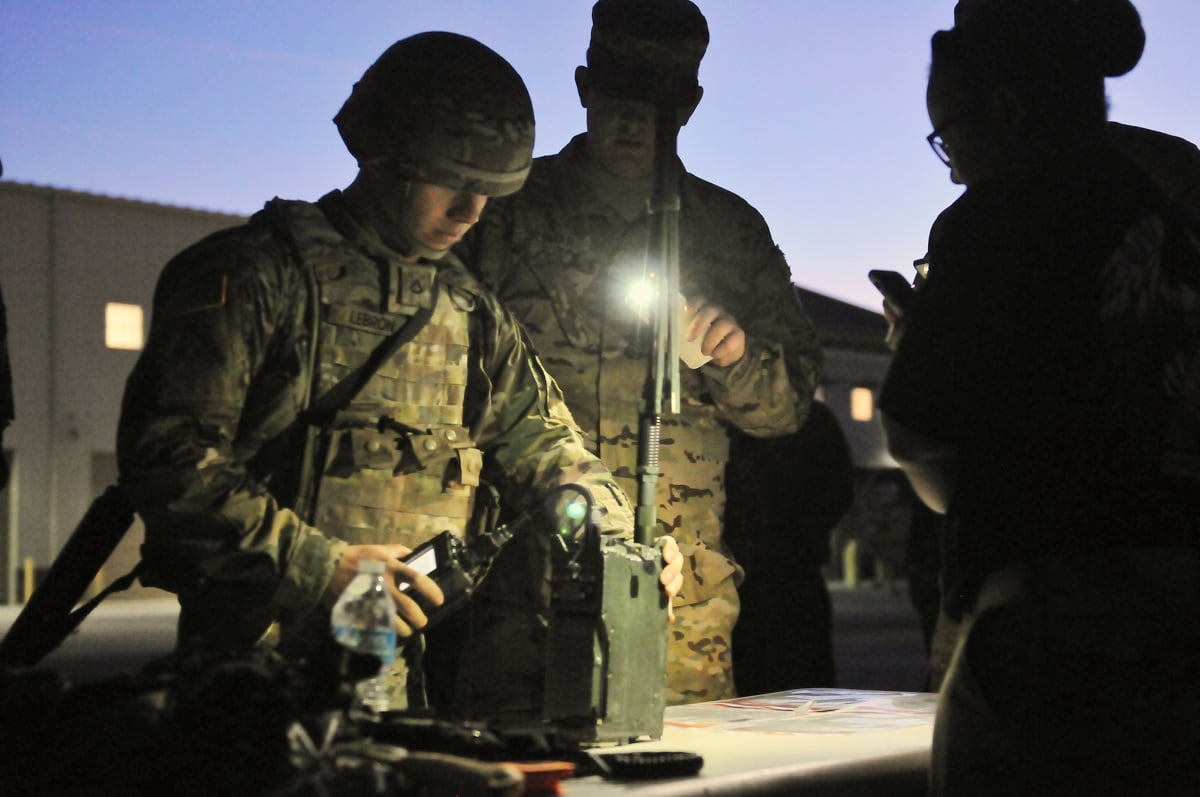Advancements in electronics and tactics by high-end adversaries are forcing the Army to change the way it revamps and optimizes its communications network against current and future threats.
The problem: adversaries have become more proficient and precise in the sensing and jamming of signals.
“What we’re looking for in terms of resilience in the future is not only making individual links more anti-jam and resilient, resistant to threats, but also having the ability to use multiple paths if one goes down,” Joe Welch, chief engineer at Program Executive Office Command, Control, Communications Tactical (C3T), told reporters during a network demo at Fort Myer in early March.
“Your phones work this way between 4G and Wi-Fi and that’s seamless to you. That’s kind of the target of what we’re intending to provide with next-generation transport for the Army’s tactical network.”
RELATED

Members of industry are now looking to develop radios to these specifications outlined by the Army.
“We have an extensive library of waveforms — 51, 52 waveforms that we can bring to bear — that we can say look we can use this waveform to give you more resilience with this capability,” Jeff Kroon, director of product management at Harris, told C4ISRNET during an interview at the AUSA Global Force Symposium in Huntsville, Alabama, in March. “Down the road, we need to talk about resilience and what’s going on with the near-peer threats.”
Next-generation systems, leaders believe, will be able to provide this necessary flexibility.
“The radios that we’re looking at buying now — the manpack and the two-channel leader radios — have shown themselves to be able to run a pretty wide range of waveforms and we think it postures us to run some changes to those waveforms in the future as we look at even more advanced waveforms,” Maj. Gen. David Bassett, program executive officer of C3T, told reporters at Fort Myer.
While jammers have become more powerful and targeted in recent years, officials contend the entire spectrum can’t be interrupted at once. The Army realizes links won’t be jam-proof, Bassett told reporters at Fort Myer, so it is looking at how they can be either more jam-resistant or able to switch seamlessly across portions of the spectrum that are not being jammed.
Kroon noted that one of the big developments within the radio community down the road will be radios that seamlessly switch frequencies or waveforms without direct user input.
“I think, as we move forward, we’ll start to have more cognitive capabilities that will allow [the radio] to adapt automatically, and keep the user focused on their own job and let the radio handle the rest,” he said.
In addition to multiwaveform and a large range of spectrum coverage, Kroon said the Army is also really looking for multifunction capabilities within radios.
Radios also have to have passive sensing capabilities to be able to understand the signals in the environment and provide some level of situational awareness of the spectrum environment.
“They have to have visibility into what’s going on around them … not just for [electronic warfare] purposes but sometime just knowing what’s going on in the spectrum around you as a planner is really important,” Kroon said.
“What’s actually going on out there, I don’t know I was told this frequency was clear, how do I really know. Having a radio come back and say look what we hit … it is actually very useful.”
Mark Pomerleau is a reporter for C4ISRNET, covering information warfare and cyberspace.








